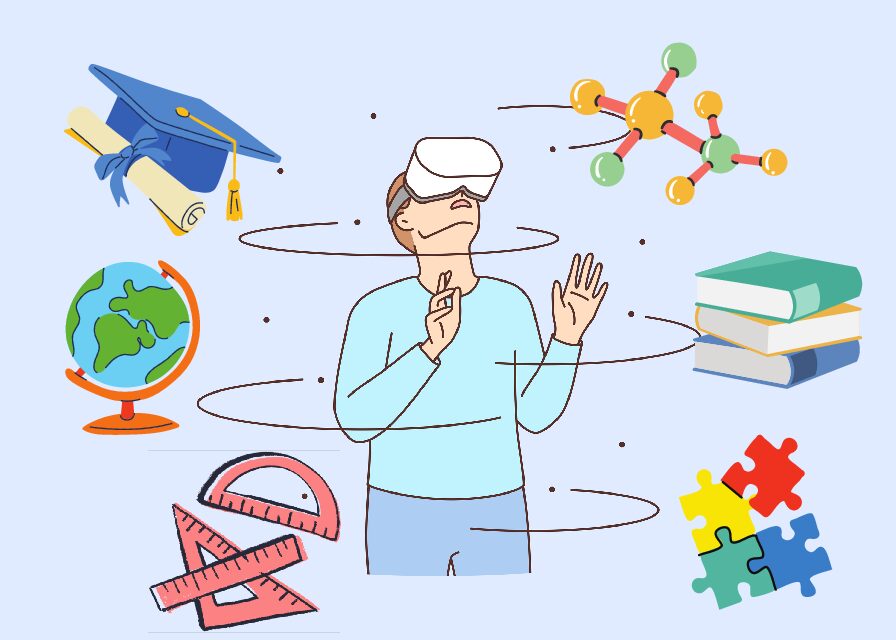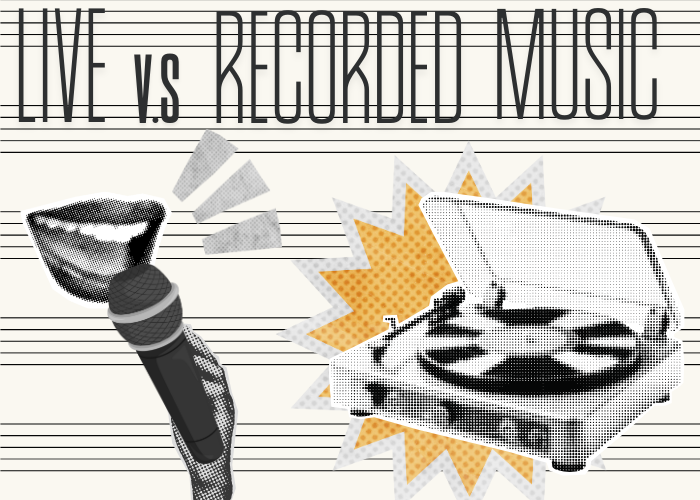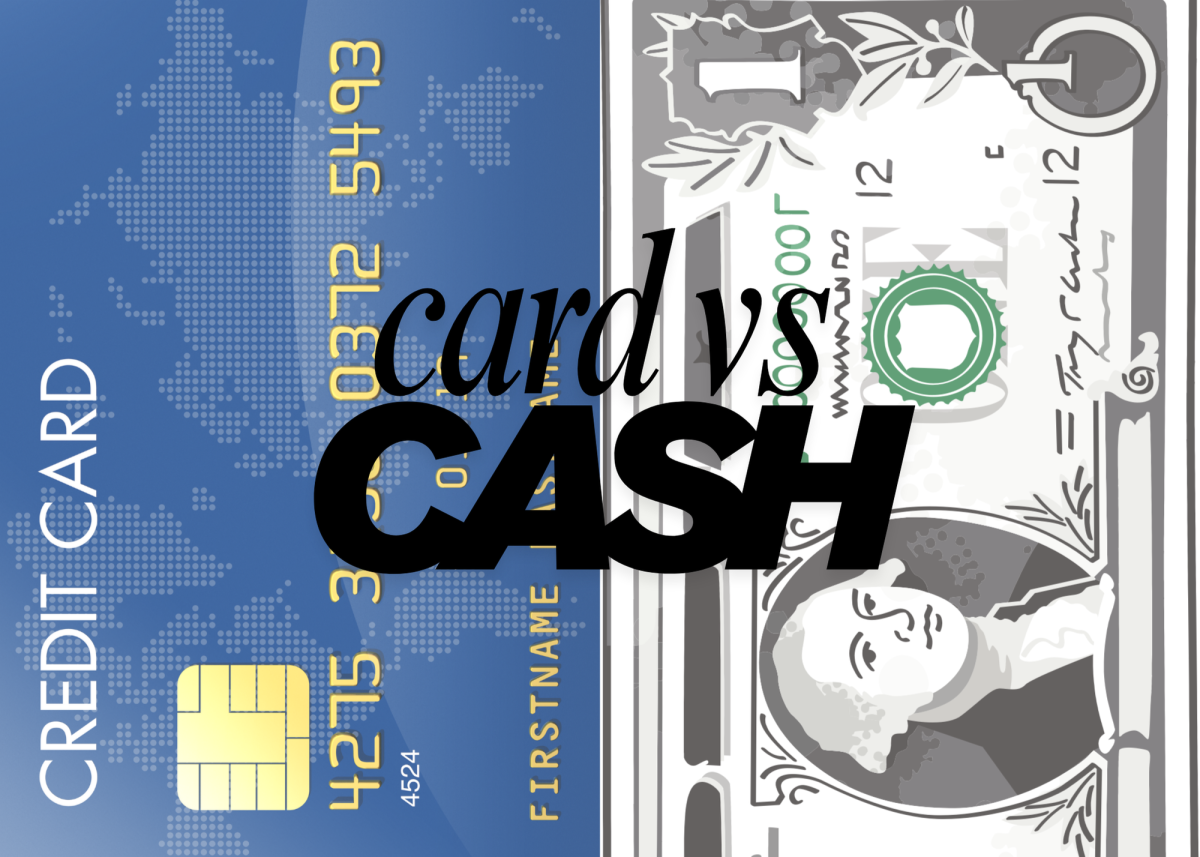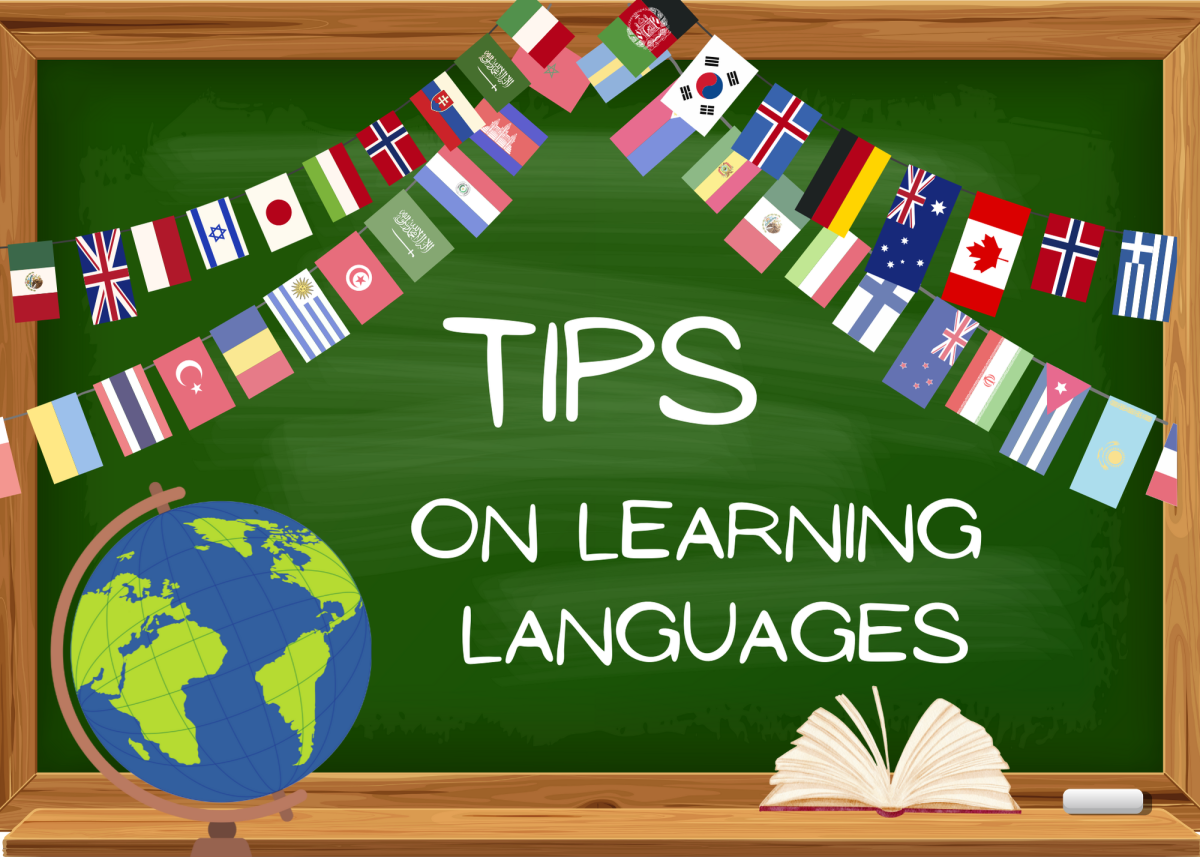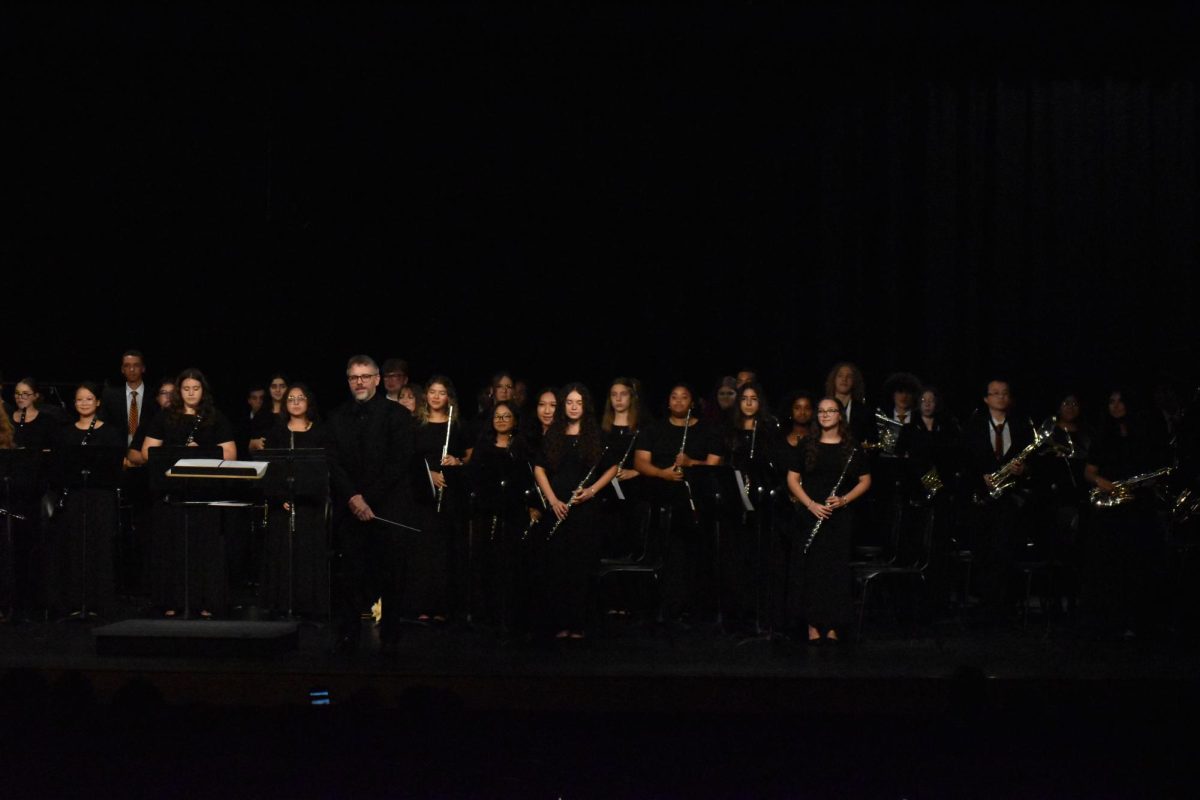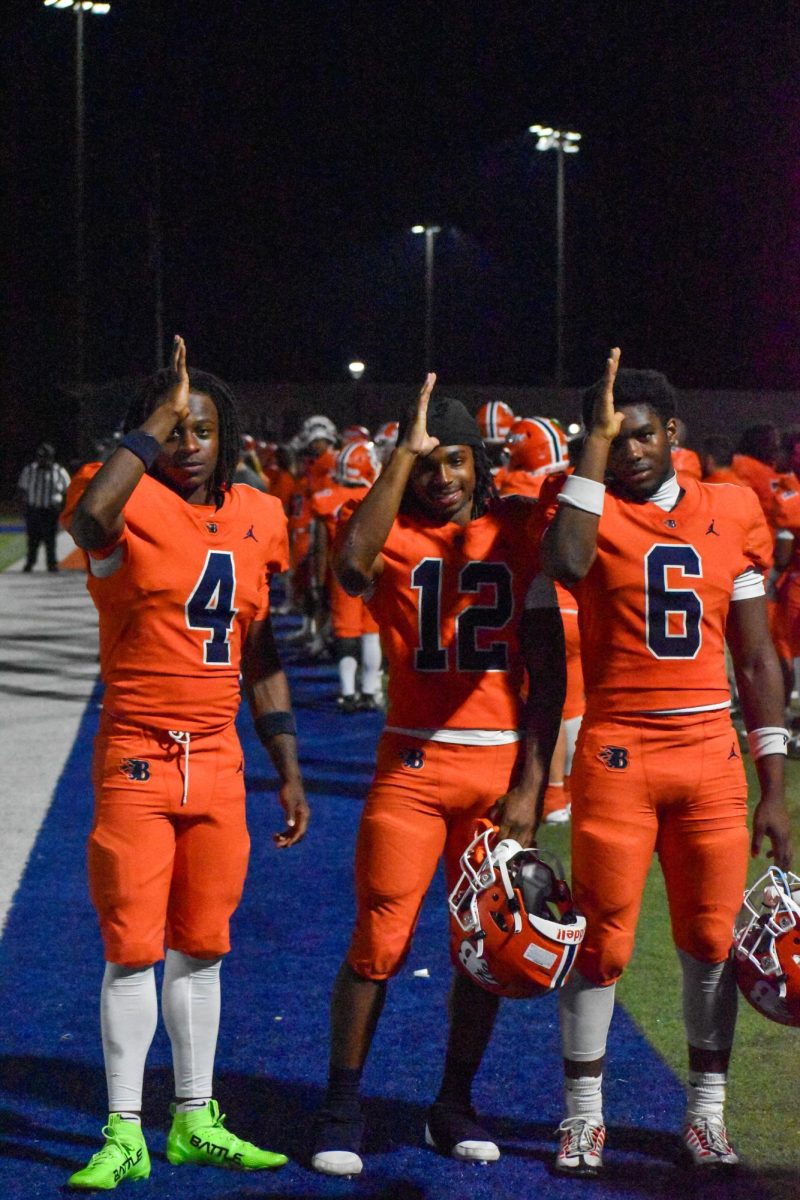Education and gaming have always been seen as opposites. Many educators believe that video games cause violence and have no place in the classroom. On the flipside, many students play video games to escape from the realities of homework and responsibilities. While on paper these two activities have seemingly nothing in common, there is some common ground where both video games and education can work together to make learning fun.
“Kahoot!” is a widely popular platform that turns quiz questions into a competitive trivia game. With its simplistic rules and catchy music, “Kahoot!” has attracted many teachers’ attention. Unlike other educational learning games, this platform allows teachers to create any questions they want and design study sets. This makes “Kahoot!” widely accessible to educators of any school subject. By simply putting kids head-to-head against their classmates, students become motivated to memorize the course material and answer questions correctly.
Taking this concept to the next level is “GimKit.” Just like “Kahoot!,” teachers can create multiple-choice style questions to use in a variety of games. But instead of a simple head-to-head review game, “GimKit” offers students a multitude of fun and unique games with an added layer of complexity. One game titled “Trust No One” separates the students into two teams: the imposters and the crewmates. The crewmate’s job is to answer questions correctly to earn money. That money can then be spent in the shop to run tests on classmates to determine if they are an alien or not. Another game titled “Capture the Flag” gives students a playable character that they can move around with. Players attempt to steal the other team’s flag and return it to their side, while answering questions to gain energy. These two games put a unique spin on the concept of using games to learn.
Despite these great improvements from “Kahoot!,” there is another platform that does it even better. “Blooket” has many similarities to “Gimkit,” but one key difference it has is the characters. Students can unlock new characters, or “Blooks,” by participating in class games. This system rewards students for engaging with the material and motivates them to work hard for an avatar they want. Additionally, the games “Blooket” offers are unique and challenging. “Crypto Hack” has students quickly answer questions and then attempt to steal their fellow classmates’ Crypto. “Crazy Kingdom” has the player make decisions on how to run their kingdom, and “Fishing Frenzy” is a competition to see who can catch the biggest fish. By adding unlockable avatars and exciting games, students become motivated to work hard in class and achieve high scores.
These three learning platforms have changed the way teachers and students approach education. By adding a variety of game elements to study questions, students become motivated to learn and are more engaged with the content. However, these platforms are not perfect and there is still much room for improvement. But for now, it’s safe to say that gaming and education are not enemies, but partners that can build each other up into something great.


